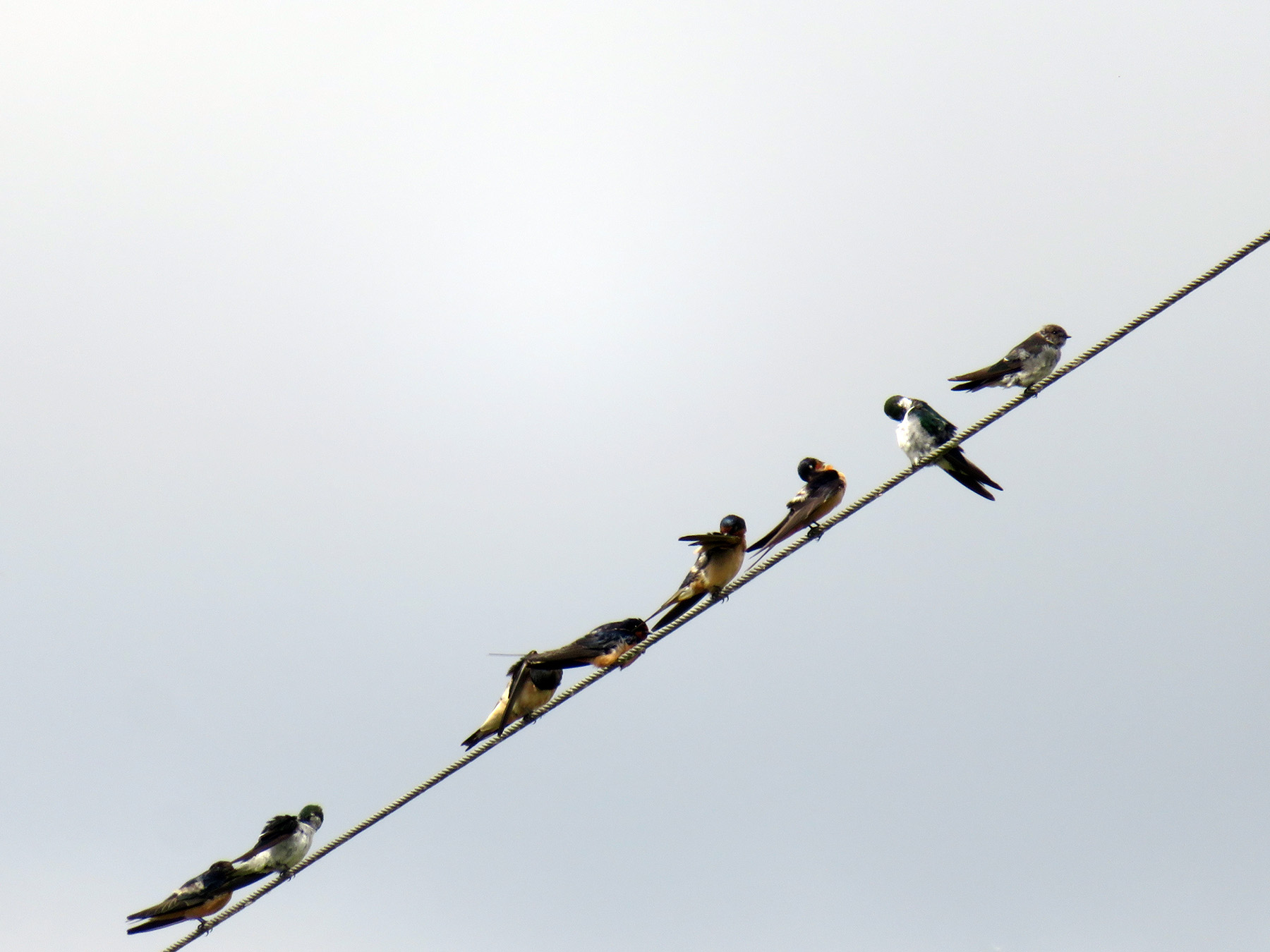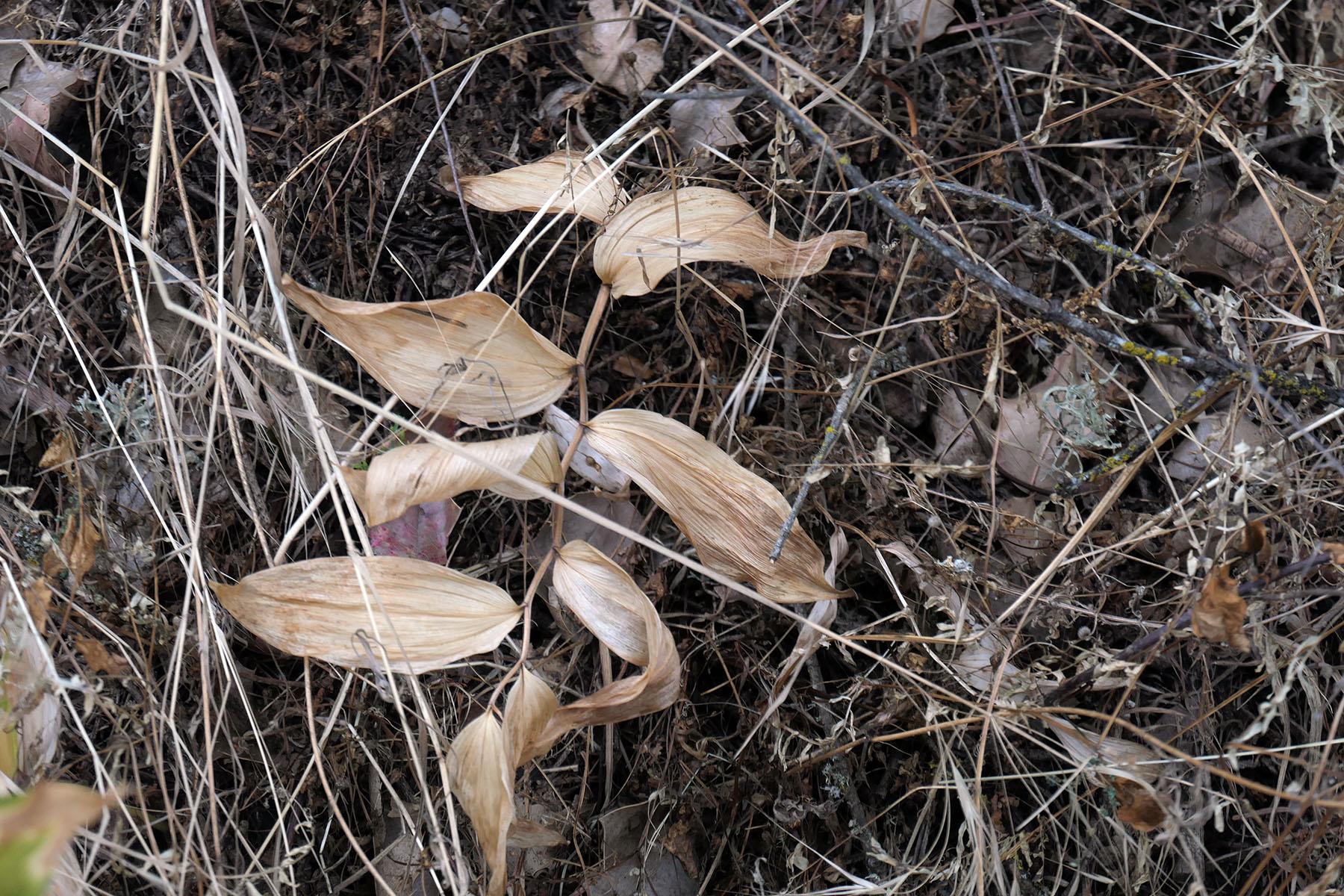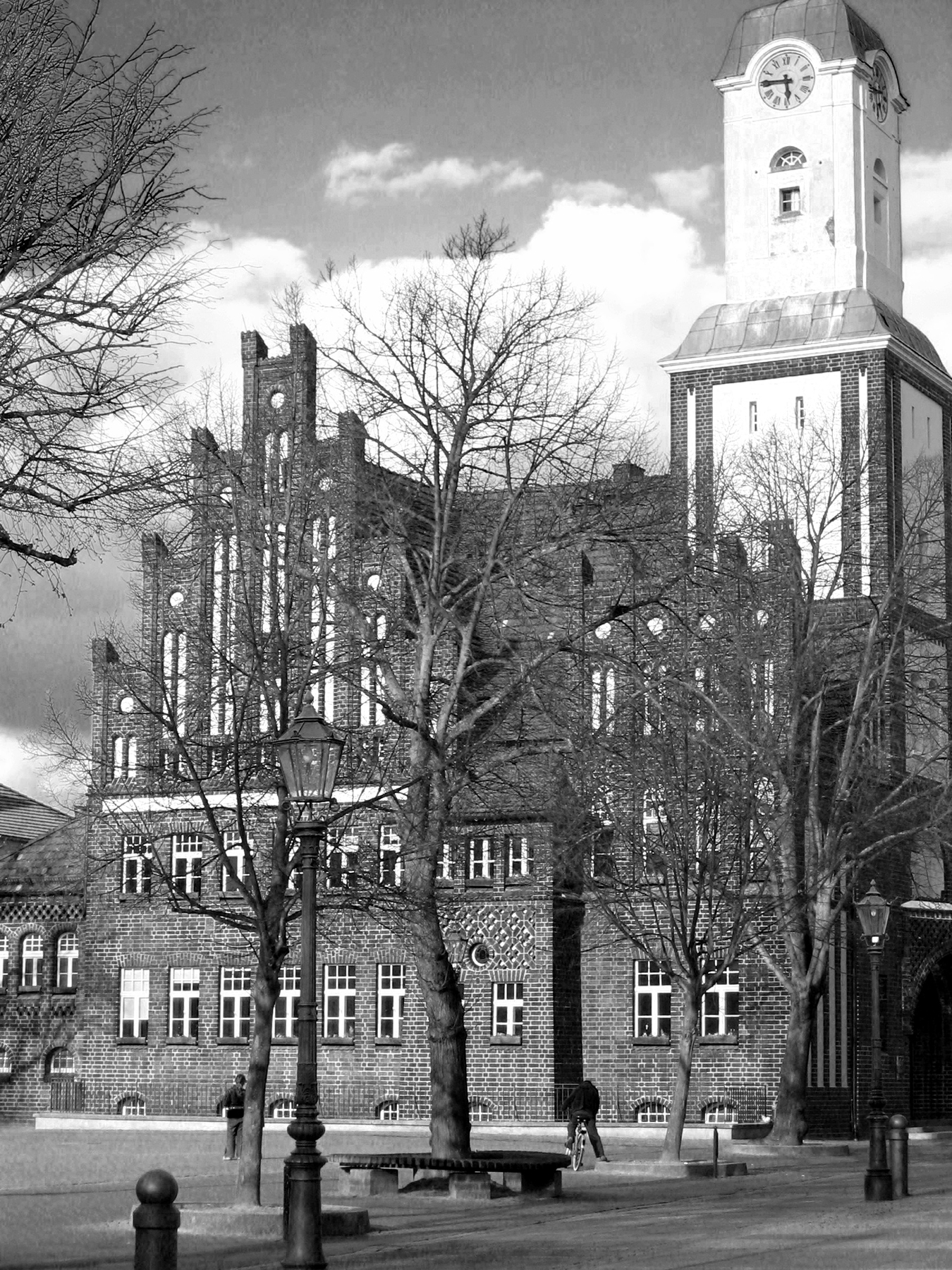Van·ish·ing point/noun
1. the point at which receding parallel lines viewed in perspective appear to converge.
2. the point at which something that has been growing smaller or increasingly faint disappears altogether.
– Merriam Webster
Heads up. I’ll be thinking out loud today to formulate why I had such strong, differing reactions to two books I tackled across the last weeks. Hear the brain gears creak….
I picked up Siri Hustvedt‘s Memories of the Future partly because I had adored her previous novel The Blazing World for its wonderfully perceptive and sarcastic skewering of misogyny in the art world. I was also curious how the experiences of the protagonist in the new book, a transplant from rural Minnesota arriving in New York City in 1978, would compare to my own experiences of arrival at the same time and place coming from Germany. A slight nostalgic twinge was soon overshadowed by a growing irritation.

The story moves back and forth between the thoughts and actions of the young protagonists in the late 70s, revealed in diaries recently discovered during a move, and the contemplations of the same person now old and an established author. The reader is invited to share the explorations of selves across time in complicated structure, a piece of auto fiction, given that the protagonist bears the same initials as the author of the novel in hand, S.H., laced with Hustvedt’s usual mediations on what constitutes truth. Eventually the focus on male entitlement emerges, but it is buried in the desperate search for autobiographical as well as fictional selves who are fused to provide meaning for her current existence.
As someone who has spent the bulk of her academic career with research on issues of memory, I am curiously immune to reminiscing. Instead, my days are spent with thoughts about how to make it through the day (on bad days) and how to make a difference (on good days,) anchored in present and future then, rather than the past. Although I understand why reminiscing gives pleasure to people or raises hopes that they might discover unknown patterns, I simply have no interest. Part of that might be the fear that it often veers into navel gazing, defined by Merriam Webster as useless or excessive self-contemplation, for which they helpfully provide tons of synonyms:
egocentricity, egocentrism, egoism, egomania, egotism, narcissism, self-absorption, self-centeredness, self-concern, self-interest, self-involvement, self-preoccupation, self-regard, selfishness, selfness.

Note, these concepts are reserved for excessive contemplation – there is nothing wrong with simple self-reflection if it leads to clarity about purpose or understanding of what needs to be done to shift a burdensome status-quo. To trust memory of younger selves, though, might not be the way to go, given that these are often reconstructions based on our current understanding of world and needs and self. They also are prone to favor psychological interpretations, rather than acknowledge the role that external factors and chance play in one’s development across time. The actual selves across a life time have really disappeared into the vanishing point, no matter how much we long to resurrect them.
Part of my negative reaction to the convoluted focus on self in this novel is likely derived from a different source, though – the sense that the notion of individuality, ones’ role in the world, one’s specific being and accomplishments, feeds into or is exploited by the western ideology of individualism as a higher goal. The notion of being the master of one’s fate has been used – still is, just look at current legislative budget wrangling – to justify a system that favors those who have succeeded, seemingly by their own strength rather than structural factors that empowered them. It is an empty promised designed to maintain a status quo of inequalities.


Which brings me to the other book that has captured my attention, this time with awe. I was alerted to Gayl Jones‘ first novel in 22 years, Palmares, by an exuberant review in the NYT by Imany Perry, (followed by an inane one by Hilton Als in the New Yorker.) The novel is narrated by Almeyda, starting in 1670 when she is an enslaved child in Brazil. The story unfolds like stories of old, linearly through time, laced with magic when suffering becomes unbearable, full of unflinching descriptions of unimaginable brutalities and tales of heroism, cleverness and endurance.
Along the way we get educated about real life history of enclaves that were built by escaped slaves, only to be destroyed again by colonial powers. We learn about a surprising amount of education and knowledge – including the fact how many slaves were multi-lingual, referring to Latin as the language of Horace and Virgil rather than the proselytizing priests – helping the rebelling slaves to build their own communities. We get to know how exposure to scores of traveling explorers, pirates, artists and scientists influenced the growing knowledge of a world beyond the colonial empire. We also are made to understand that Palmares, the free republic, was not an island of the morally intact – human nature in its force to oppress, sanction, or punish driven by inferior motives, rules there as anywhere.

Almeyda bears witness, describes the fates of a people rather than focus on self. We barely know her other than through tangential descriptions with the sole exception of a declaration at the half-point of the novel: Asks what it is she wants she says, “Liberty, safety, solitude.” All withheld by slavery. Even in her unfolding love story there is never a reported communication of her emotions, just the facts of her commitment under the worst of circumstances.
Her name – yes I’m stretching here – struck me as al(l) before me, a soul (alma) that holds collective memory, the sum of all experience, knowledge and feeling, rather than the relentless preoccupation with individual self. It serves the memory of a group that needs the guidance of stories as a repository of its history, given the dispersion into the diaspora through sales and forced relocation, before it disappears into the vanishing point. And rarely has that story been told in more gripping ways than in Palmares.

For those interested in current psychological research on cultural memory, here are two interesting sources:
One talks, among other issues, about how children are taught to remember events with a focus on factors outside of self in different cultures, the other talks about the impact of collective memory compared to individual memory on groups.
Music today by a composer who was born in 1939, the incredible Annea Lockwood. ‘Into The Vanishing Point’ is a piece developed with New York piano and percussion quartet. Its starting point was a text on the collapse of insect populations, and the sound world frequently conjures the clacking of mandibles, the frictions of exoskeletons, the piano a monstrous human imposition upon the brittle percussive sounds. Or, as mentioned before, the likely noise of the gears in my brain….








































































































